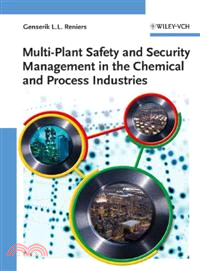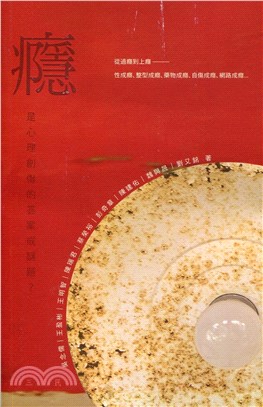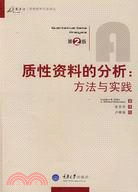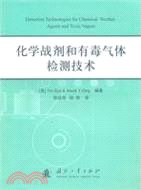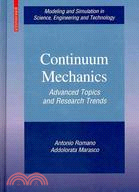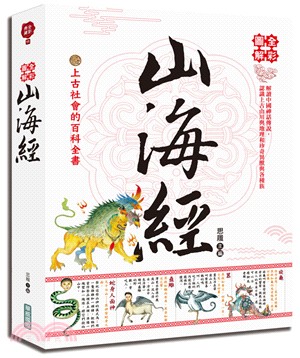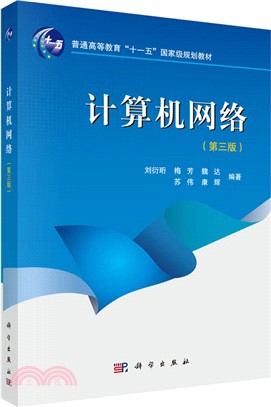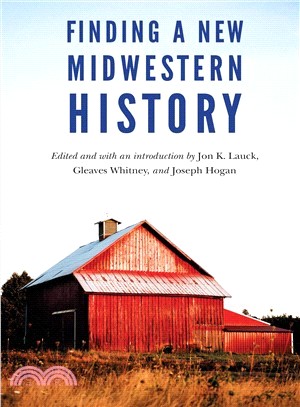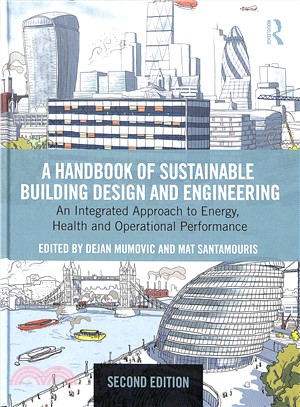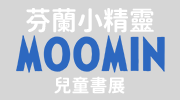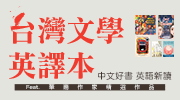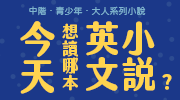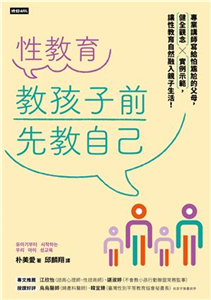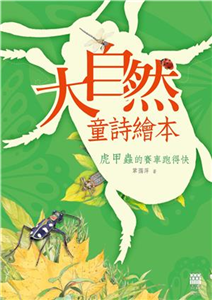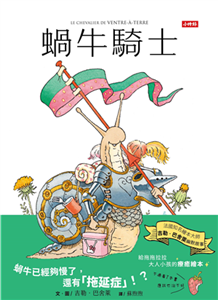Multi-Plant Safety And Security Management In The Chemical And Process Industries
商品資訊
ISBN13:9783527325511
出版社:John Wiley & Sons Inc
作者:Reniers
出版日:2010/04/19
裝訂/頁數:精裝/290頁
定價
:NT$ 5625 元優惠價
:90 折 5063 元
若需訂購本書,請電洽客服 02-25006600[分機130、131]。
商品簡介
作者簡介
名人/編輯推薦
目次
商品簡介
This practical text serves as a guide to elaborating and determining the principles, assumptions, strengths, limitations and areas of application for multiple-plant chemical safety and security management. It offers guidelines, procedures, frameworks and technology for actually setting up a safety and security culture in a cluster of chemical companies, thus allowing forward planning. The presentation is conceptually rather than mathematically oriented so as to maximize its utilization within the chemical industry.
作者簡介
Genserik Reniers received his PhD in Applied Economic Sciences from the University of Antwerp, after completing a Master`s degree in Chemical Engineering at the Vrije Universiteit Brussels. He lectures in general chemistry, organic chemistry, chemical process technology, industrial processes and thermodynamics at the University of Antwerp, Belgium. He is also visiting professor Risk Management at the Institute of Transport and Maritime Management in Antwerp. At the Hogeschool-Universiteit Brussel in Brussels, Professor Reniers lectures in prevention management, advanced occupational health and safety management and chemical processes/unit operations. His main research interests concern the collaboration and interaction between safety and security topics and socio-economic optimization within the chemical industry. He coordinates the Antwerp Research Group on Safety and Security (ARGoSS), unifying multi-disciplinary safety and security research at the University of Antwerp. He has extensive experience in leading research projects funded both by the Belgian government and the chemical industry. He is a Fellow of the International Congress of Disaster Management, Member of the Society for Risk Analysis and the Royal Flemish Society for Engineers and serves as an Associate Editor for the Journal of Loss Prevention in the Process Industries.
名人/編輯推薦
"Instantly logical in conception and introduction, this book starts right, with its list of acronyms immediately to hand after the brief but informative preface , in which the author declares and explains his aims and sources within the text ". (The ROSPA Occupational Safety & Health Journal, 1 December 2010)
目次
Preface.
List of Acronyms.
1. Introduction.
2. Chemical Risks in a Multi-Plant Context.
2.1 Introduction.
2.2 Safety Risks Versus Security Risks.
2.3 The Safety-Risk Spectrum.
2.4 The Security-Risk Spectrum.
2.5 Multi-Plant Chemical Risks.
2.6 Multi-Plant Chemical-Risk Management.
2.7 Hypothetical Benefits Associated with Multi-Plant Chemical Risks.
2.8 Safety-Risk Assessment and Safety-Risk Management.
2.9 Security-Risk Assessment and Security-Risk Management.
2.10 Summary and Conclusions.
3. A Multi-Plant Safety and Security Culture: The Requirements.
3.1 Introduction.
3.2 Encouraging Companies to Install a Multi-Plant Safety and –Security Culture.
3.3 The Present State-of-The-Art to Deal with Safety and Security Risks.
3.4 Coping with the Future: Developing a Multi-Plant-Safety and –Security Culture.
3.5 Summary and Conclusions.
4. A Multi-Plant Safety and Security Culture- The Procedures: Establishing a Multi-Plant Safety and Security Management System.
4.1 Introduction.
4.2 Managing Safety, Quality, Environment, and Security.
4.3 Plant-, Joint-, and Multi-Plant Initiative.
4.4 Practical Recommendations for Achieving Plant or Multi-Plant-Safety Loop of Continuous Improvement.
4.5 Practical Recommendations for Achieving Plant or Multi-Plant-Security Loop of Continuous Improvement.
4.6 System Implementation.
4.7 Summary and Conclusions.
5. A Multi-Plant Safety and Security Culture- The People: Facilitating Multi-Plant Safety and Security Collaboration.
5.1 Introduction.
5.2 A Multi-Plant-Safety-Management Framework.
5.3 A Multi-Plant-Security-Management Framework.
5.4 Summary and Conclusions.
6. A Multi-Plant Safety and Security Culture- The Technology: Developing the Tools to Advance Multi-Plant Safety and Security.
6.1 Introduction.
6.2 A Multi-Plant Domino-Risk Methodology and –Decision Support Tool.
6.3 Summary and Conclusions.
7. Assessing, Evaluating and Continuously Optimizing Operational Staffing Levels Within a Multi-Plant Area.
7.1 Introduction.
7.2 Staffing-Level (SL)-Assessment Management Model.
7.3 Instrument for Existing Staffing-Level Assessment (IESLA).
7.4 The MCSL Method.
7.5 Roadmap of Staffing-Level Assessment.
7.6 The Way Towards Continuous Staffing-Level Improvement in Industrial Areas.
7.7 Summary and Conclusions.
8. Multi-Plant Site-Integrated Safety and Security Governance.
8.1 Introduction.
8.2 From Individual Plant Safety and Security Know-How to Multi-Plant Safety and Security Knowledge.
8.3 Towards a Design Code of Good Practice for Integrating Multi-Plant Safety and –Security Building Blocks.
8.4 Planning for Safety and Security Sustainability.
8.5 Summary and Conclusions.
9. Game-Theory: A Mathematical Technique to Convince Company Top Management to Invest in Multi-Plant Safety and Security.
9.1 Introduction.
9.2 Qualitative Discussion on Multi-Plant Safety and –Security Investments.
9.3 Two-Plant External Domino-Effects Investment Model.
9.4 Two-Plant Martyrdom Games.
9.5 Multi-Plant Games.
9.6 Summary and Conclusions.
10. Conclusions and Recommendations.
10.1 Introduction.
10.2 Summary.
10.3 Main Conclusions and Recommendations.
References.
Appendix A: Instrument for Evaluating Security Staffing Levels.
Appendix B: The IESLA Instrument.
Appendix C: Instrument for Evaluating Safety Critical Staffing Levels.
Index.
List of Acronyms.
1. Introduction.
2. Chemical Risks in a Multi-Plant Context.
2.1 Introduction.
2.2 Safety Risks Versus Security Risks.
2.3 The Safety-Risk Spectrum.
2.4 The Security-Risk Spectrum.
2.5 Multi-Plant Chemical Risks.
2.6 Multi-Plant Chemical-Risk Management.
2.7 Hypothetical Benefits Associated with Multi-Plant Chemical Risks.
2.8 Safety-Risk Assessment and Safety-Risk Management.
2.9 Security-Risk Assessment and Security-Risk Management.
2.10 Summary and Conclusions.
3. A Multi-Plant Safety and Security Culture: The Requirements.
3.1 Introduction.
3.2 Encouraging Companies to Install a Multi-Plant Safety and –Security Culture.
3.3 The Present State-of-The-Art to Deal with Safety and Security Risks.
3.4 Coping with the Future: Developing a Multi-Plant-Safety and –Security Culture.
3.5 Summary and Conclusions.
4. A Multi-Plant Safety and Security Culture- The Procedures: Establishing a Multi-Plant Safety and Security Management System.
4.1 Introduction.
4.2 Managing Safety, Quality, Environment, and Security.
4.3 Plant-, Joint-, and Multi-Plant Initiative.
4.4 Practical Recommendations for Achieving Plant or Multi-Plant-Safety Loop of Continuous Improvement.
4.5 Practical Recommendations for Achieving Plant or Multi-Plant-Security Loop of Continuous Improvement.
4.6 System Implementation.
4.7 Summary and Conclusions.
5. A Multi-Plant Safety and Security Culture- The People: Facilitating Multi-Plant Safety and Security Collaboration.
5.1 Introduction.
5.2 A Multi-Plant-Safety-Management Framework.
5.3 A Multi-Plant-Security-Management Framework.
5.4 Summary and Conclusions.
6. A Multi-Plant Safety and Security Culture- The Technology: Developing the Tools to Advance Multi-Plant Safety and Security.
6.1 Introduction.
6.2 A Multi-Plant Domino-Risk Methodology and –Decision Support Tool.
6.3 Summary and Conclusions.
7. Assessing, Evaluating and Continuously Optimizing Operational Staffing Levels Within a Multi-Plant Area.
7.1 Introduction.
7.2 Staffing-Level (SL)-Assessment Management Model.
7.3 Instrument for Existing Staffing-Level Assessment (IESLA).
7.4 The MCSL Method.
7.5 Roadmap of Staffing-Level Assessment.
7.6 The Way Towards Continuous Staffing-Level Improvement in Industrial Areas.
7.7 Summary and Conclusions.
8. Multi-Plant Site-Integrated Safety and Security Governance.
8.1 Introduction.
8.2 From Individual Plant Safety and Security Know-How to Multi-Plant Safety and Security Knowledge.
8.3 Towards a Design Code of Good Practice for Integrating Multi-Plant Safety and –Security Building Blocks.
8.4 Planning for Safety and Security Sustainability.
8.5 Summary and Conclusions.
9. Game-Theory: A Mathematical Technique to Convince Company Top Management to Invest in Multi-Plant Safety and Security.
9.1 Introduction.
9.2 Qualitative Discussion on Multi-Plant Safety and –Security Investments.
9.3 Two-Plant External Domino-Effects Investment Model.
9.4 Two-Plant Martyrdom Games.
9.5 Multi-Plant Games.
9.6 Summary and Conclusions.
10. Conclusions and Recommendations.
10.1 Introduction.
10.2 Summary.
10.3 Main Conclusions and Recommendations.
References.
Appendix A: Instrument for Evaluating Security Staffing Levels.
Appendix B: The IESLA Instrument.
Appendix C: Instrument for Evaluating Safety Critical Staffing Levels.
Index.
主題書展
更多
主題書展
更多書展今日66折
您曾經瀏覽過的商品
購物須知
外文書商品之書封,為出版社提供之樣本。實際出貨商品,以出版社所提供之現有版本為主。部份書籍,因出版社供應狀況特殊,匯率將依實際狀況做調整。
無庫存之商品,在您完成訂單程序之後,將以空運的方式為你下單調貨。為了縮短等待的時間,建議您將外文書與其他商品分開下單,以獲得最快的取貨速度,平均調貨時間為1~2個月。
為了保護您的權益,「三民網路書店」提供會員七日商品鑑賞期(收到商品為起始日)。
若要辦理退貨,請在商品鑑賞期內寄回,且商品必須是全新狀態與完整包裝(商品、附件、發票、隨貨贈品等)否則恕不接受退貨。

